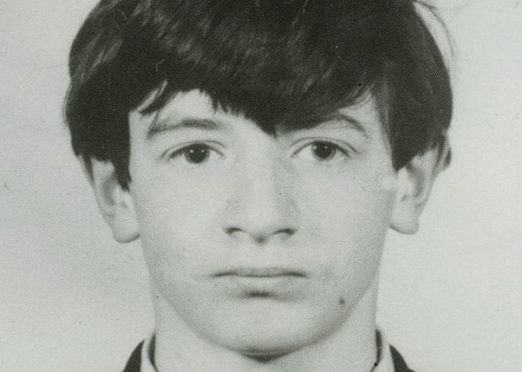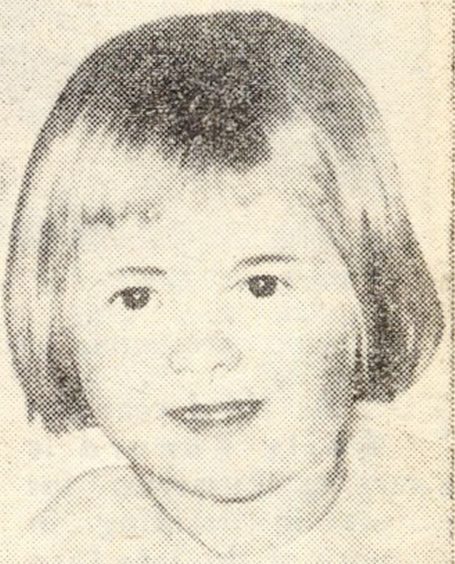
One of Scotland’s best-known charities has turned down a £40,000 donation left to it by a notorious child killer.
Sam Glass, who was locked up longer than anyone else in the country, left the sum, which he accrued in benefits during his 51 years in the State Hospital and a secure clinic.
He decreed his estate should go to Renfrewshire-based social care group Quarriers but the charity refused the cash.
Glass spent 49 years at the State Hospital at Carstairs after he indecently assaulted, stabbed and strangled a five-year-old girl in a disused railway tunnel in 1967.
He was transferred to the medium-security Rowanbank Clinic, next to Glasgow’s Stobhill Hospital, for his final few years. It cost more than £10 million at today’s prices to detain him.
He received benefits throughout his life as he was classified as a patient. Documents showed there was £41,935 in his bank account when it was closed last year.
He had a further £263 in cash when he died in his room in Rowanbank’s Cedar Ward in November 2018.
Personal belongings, including a collection of 11 watches and a mobility reclining chair, were valued at a further £410. His total estate was £42,608.
The money, minus funeral expenses of about £1,500, was left to Quarriers but a spokeswoman said: “We were offered this legacy donation. Our review panel considered this and returned the donation.”
The money was instead disbursed among family members with whom he’d had no contact.
Glass left his hi-fi, CDs, videos, clothes and TV to the Rowanbank clinic’s patients. His wristwatch was left to “any surviving family member currently unknown”.
He was moved out of Carstairs, where the cost of keeping a patient is £300,000 per year, in 2015 when it was deemed he no longer required maximum-security conditions. He had a past obsession with the Nazis, referring to himself as Hans Friedrich, and in the same year changed his name to John Frederick Faucet, an approximate translation.
He died three years later aged 71 and is buried at a cemetery near Carstairs, which he had come to regard as his home.
At the time of his death, from bronchopneumonia and heart disease, he had been detained longer than anyone else in Scotland.
A source said: “Glass was having a relationship with a male patient at the time of his death but was otherwise disliked for what he did to the little girl.
“He got more than £100 per week in benefits and spent little from week to week so the money added up.”
Former Detective Superintendent Joe Jackson, who worked in Glasgow at the time Glass was detained, said: “Decent people pay for these patients to be cared for and then they’re paid benefits on top of it for doing nothing. It’s quite ludicrous really.”
Glass molested, stabbed and strangled five-year-old Jean Hamilton near her home in the city’s Bridgeton. She was found in a disused rail tunnel between Dalmarnock and Bridgeton Cross. Glass, then 20, was ordered to be detained at Carstairs without limit of time.
While prisoners do not receive benefits, restricted patients, including those who killed or committed serious sexual offences, are eligible for Employment and Support Allowance of more than £200 per fortnight, on top of the costs of their care and detention.
The Department for Work and Pensions said: “Where a judge or court, using all available evidence, decides a prison sentence is not appropriate but instead refers a person to a hospital or institution, the law requires us to treat them in the same way as any other hospital in-patient.
“Although unwell, such patients have no opportunity to work due to their detention and have all living costs paid or by the state.”

Enjoy the convenience of having The Sunday Post delivered as a digital ePaper straight to your smartphone, tablet or computer.
Subscribe for only £5.49 a month and enjoy all the benefits of the printed paper as a digital replica.
Subscribe